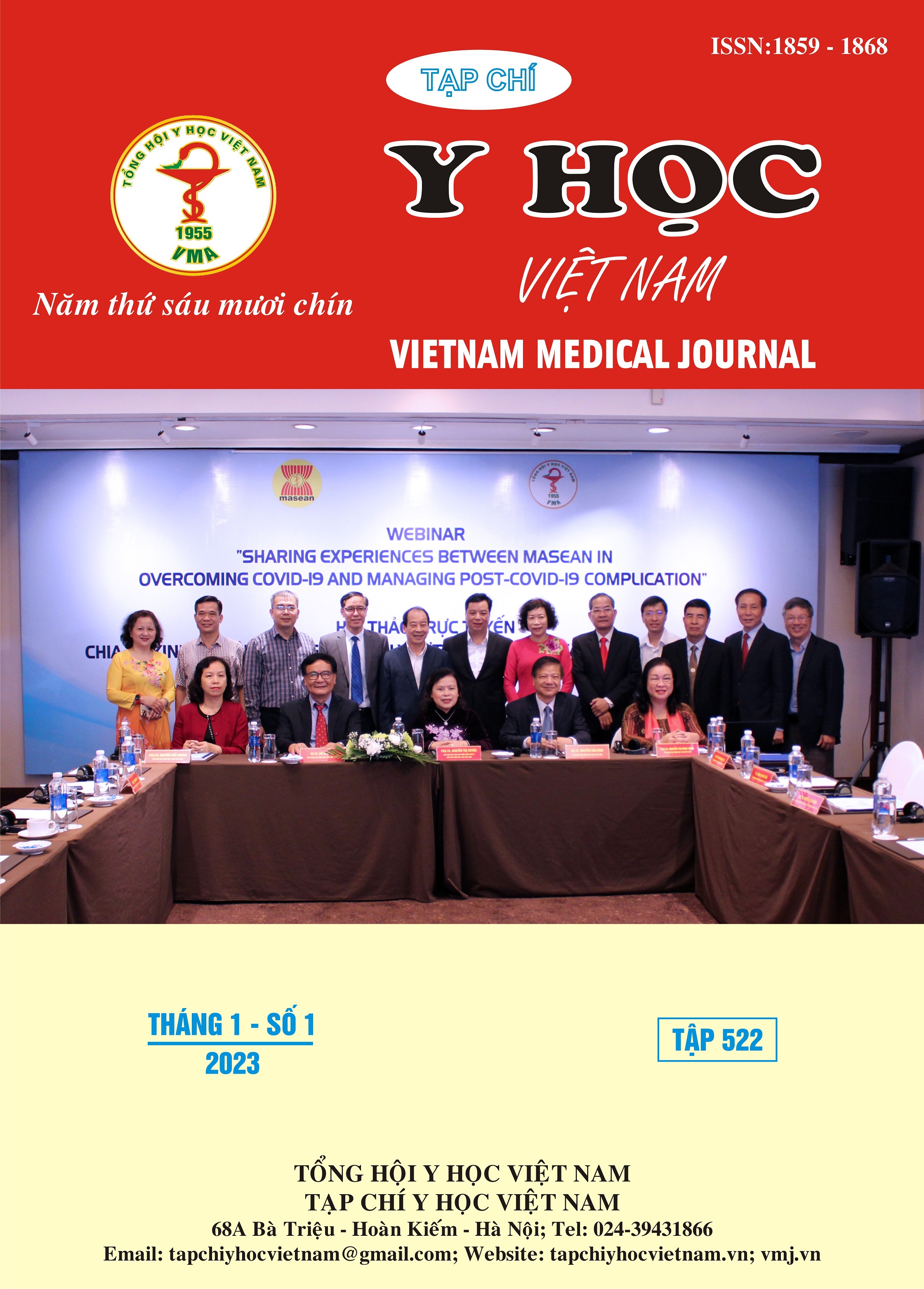HIỆU QUẢ ĐIỀU TRỊ LOÉT TÁ TRÀNG CÓ NHIỄM HELICOBACTER PYLORI
Nội dung chính của bài viết
Tóm tắt
Mục tiêu: Đánh giá hiệu quả điều trị loét tá tràng có nhiễm H. pylori bằng phác đồ 4 thuốc rabeprazole - bismuth - tetracycline - tinidazole. Đối tượng và phương pháp: Nghiên cứu thực hiện tại Bệnh viện Đại học Y Dược Cần Thơ từ tháng 01/2015- 12/2016. Chúng tôi tiến hành nội soi tiêu hóa trên chẩn đoán, đánh giá ổ loét tá tràng, sinh thiết niêm mạc dạ dày làm xét nghiệm urease test và mô bệnh học chẩn đoán vi khuẩn H. pylori. Điều trị tiệt trừ vi khuẩn H. pylori bằng phác đồ 4 thuốc rabeprazole - bismuth - tetracycline - tinidazole. Cuối cùng, hiệu quả điều trị loét tá tràng được đánh giá bằng nội soi tiêu hóa trên lần 2, sinh thiết niêm mạc dạ dày làm xét nghiệm urease test và mô bệnh học chẩn đoán vi khuẩn H. pylori. Kết luận: Điều trị loét tá tràng kết hợp với điều trị tiệt trừ H. pylori bằng phác đồ 4 thuốc rabeprazole - bismuth - tetracycline - tinidazole đạt hiệu quả liền sẹo ổ loét cao.
Chi tiết bài viết
Từ khóa
Loét tá tràng, Helicobacter pylori
Tài liệu tham khảo
2. Thái Thị Hồng Nhung (2020). Nghiên cứu các tổn thương đường tiêu hóa trên và tỷ lệ nhiễm Helicobacter pylori ở bệnh nhân đến nội soi tại bệnh viện Trường Đại học Y dược Cần Thơ năm 2019. Tạp chí Y Dược học - Trường Đại học Y Dược Huế., 10(1): 72-77.
3. Ramakrishnan K., Salinas C.R. (2007). Peptic ulcer disease. Am Fam Physician., 76(7): 1005-1012.
4. Trần Thiện Trung (2008). Loét dạ dày - tá tràng. Trong: Bệnh dạ dày - tá tràng và nhiễm Helicobacter pylori, Nhà xuất bản Y học, TP Hồ Chí Minh: 127-201.
5. Hội khoa học tiêu hóa Việt Nam (2013). Khuyến cáo chẩn đoán và điều trị Helicobacter pylori tại Việt Nam, Nhà xuất bản y học, Hà Nội.
6. Đào Văn Long (2018). Loét dạ dày tá tràng. Trong: Bệnh học nội khoa, tái bản lần thứ 3, Nhà xuất bản Y học, Hà Nội, tập 2: 25-33.
7. Trần Việt Tú (2011). Loét dạ dày - tá tràng. Trong: Nội tiêu hóa, Nhà xuất bản quân đội nhân dân, Hà Nội: 174-184.
8. Centers for Disease Control and Prevention (2009).State-specific secondhand smoke exposure and current cigarette smoking among adults - United States, 2008. MMWR Morb Mortal Wkly Rep., 58: 1232-1235.
9. Katharine A.B., et al. (2007). AUDIT-C as a brief screen for alcohol misuse in primary care. Alcohol Clin Exp Res., 31(7): 1208-17.
10. Tytgat J.N.G., Tytgat J.A.S. (2009). Inflammatory Disorders . In: Grading and Staging in Gastroenterology, Thieme, New York: 130-145.


